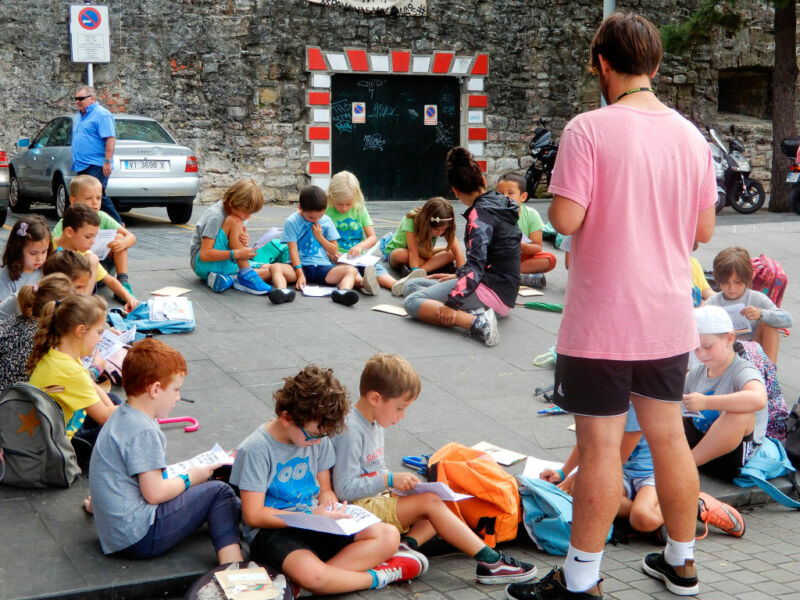More data, but still confusion over how much children spread SARS-CoV-2

Enlarge / A prepandemic summer camp, showing many things that go against current public health guidance. (credit: Educational Images)
It has become abundantly clear that children tend to have less severe cases of COVID-19 and often experience no symptoms whatsoever. That doesn't mean that there's no risk—some kids clearly get severely ill, and some have died. But if the risks of reopening schools were based only on the symptoms experienced by children, then the evaluation would be relatively simple. But the risk evaluation is substantially more complex than that, since children can potentially spread the virus, even if they themselves do not experience symptoms. And those to whom they spread coronavirus, such as teachers and school support staff, may be at much higher risk of severe illness.
Some studies of the virus' spread early on in the COVID-19 pandemic suggested that children resisted infection, but that hasn't been seen in every study. Now, some new reports are complicating matters even further. Two studies show that children may actually carry higher levels of the virus than adults. And another one indicates that the virus spread rapidly in a youth summer camp, an environment that may have some semblance to schools.
Lots of virus
While there are many factors that go into determining viral spread, the presence of the virus is an essential one. So a couple of groups has decided to look at how large a viral load children carry. One of these groups involved researchers who cooperated with people running testing centers in Germany, examining the 3,300 people who tested positive for SARS-CoV-2 out of 78,000 tests the groups had run. This included the early days of the rising pandemic, as well as after falling rates of infection lowered the frequency of testing.
Read 12 remaining paragraphs | Comments
from Ars Technica https://ift.tt/3i0WcuT
via Whole story

Post a Comment